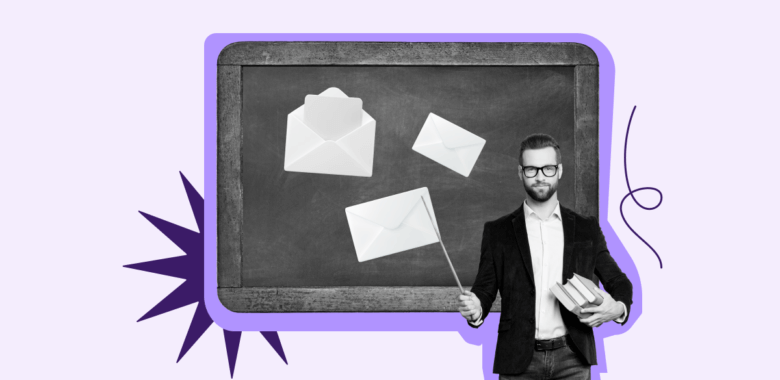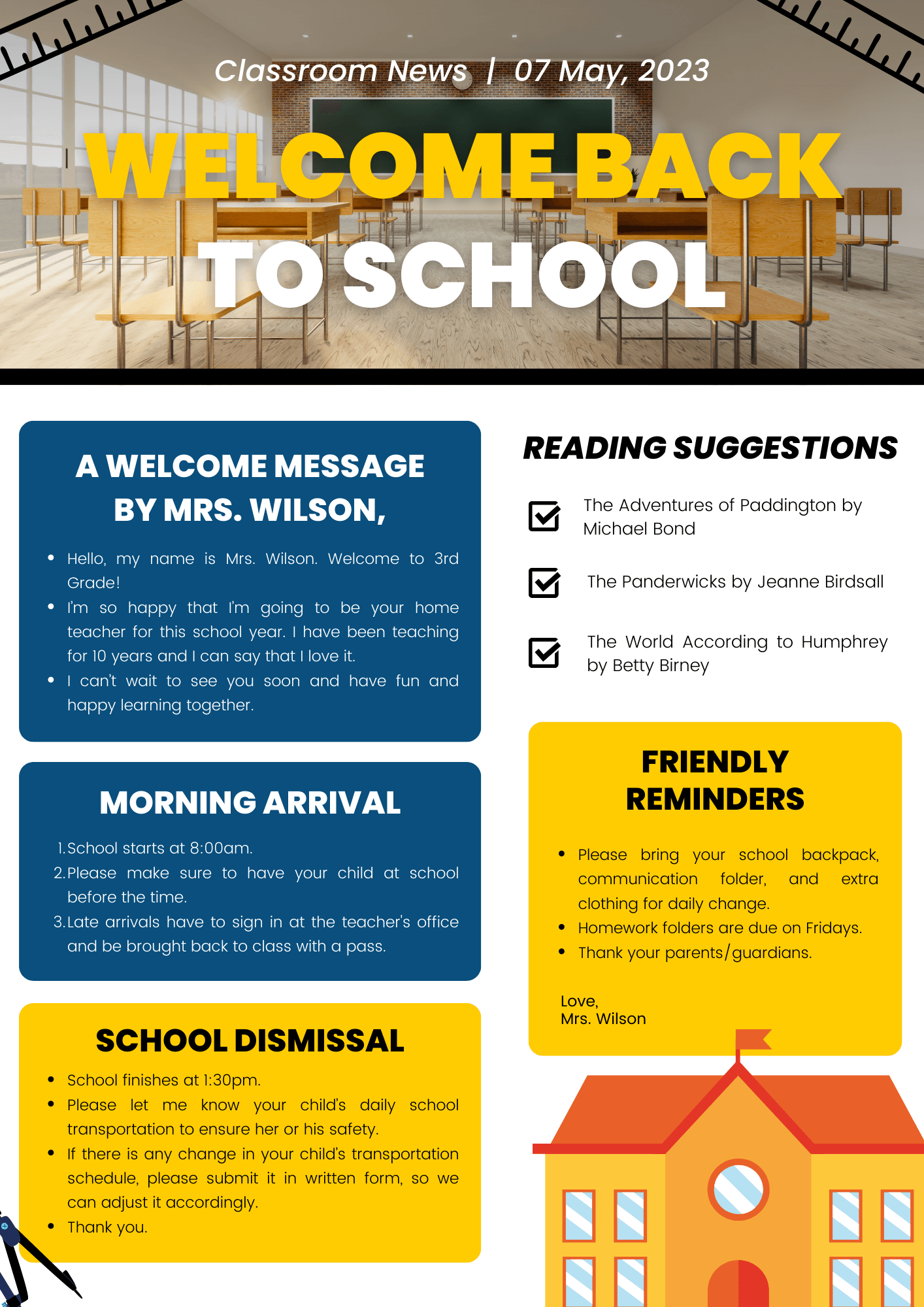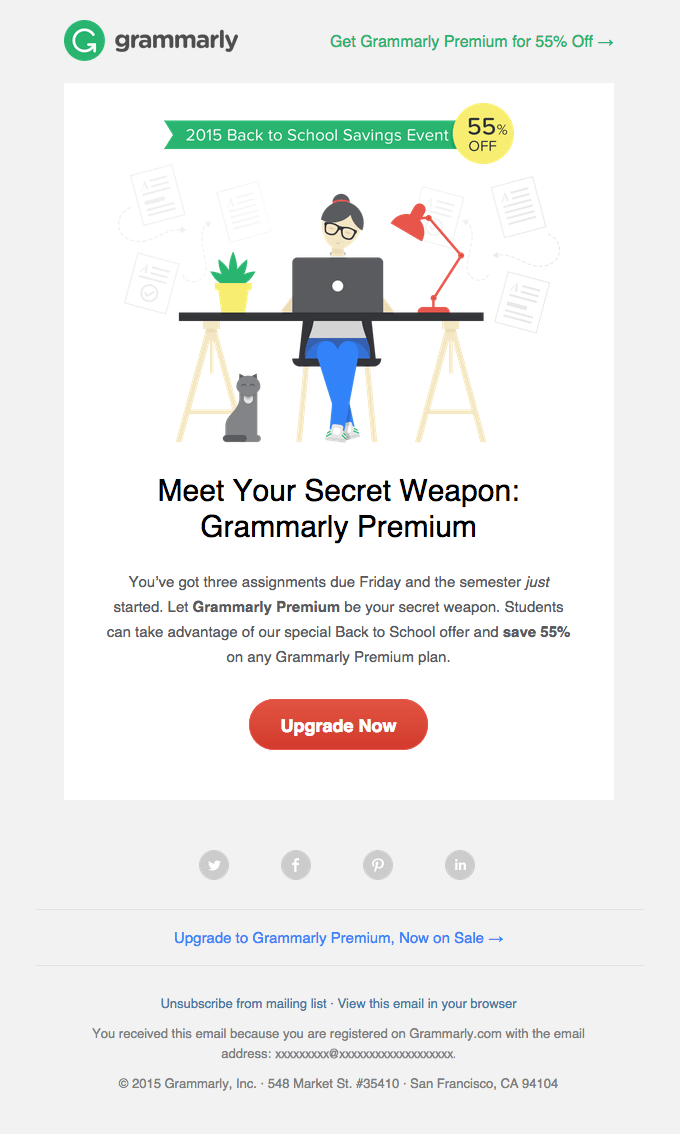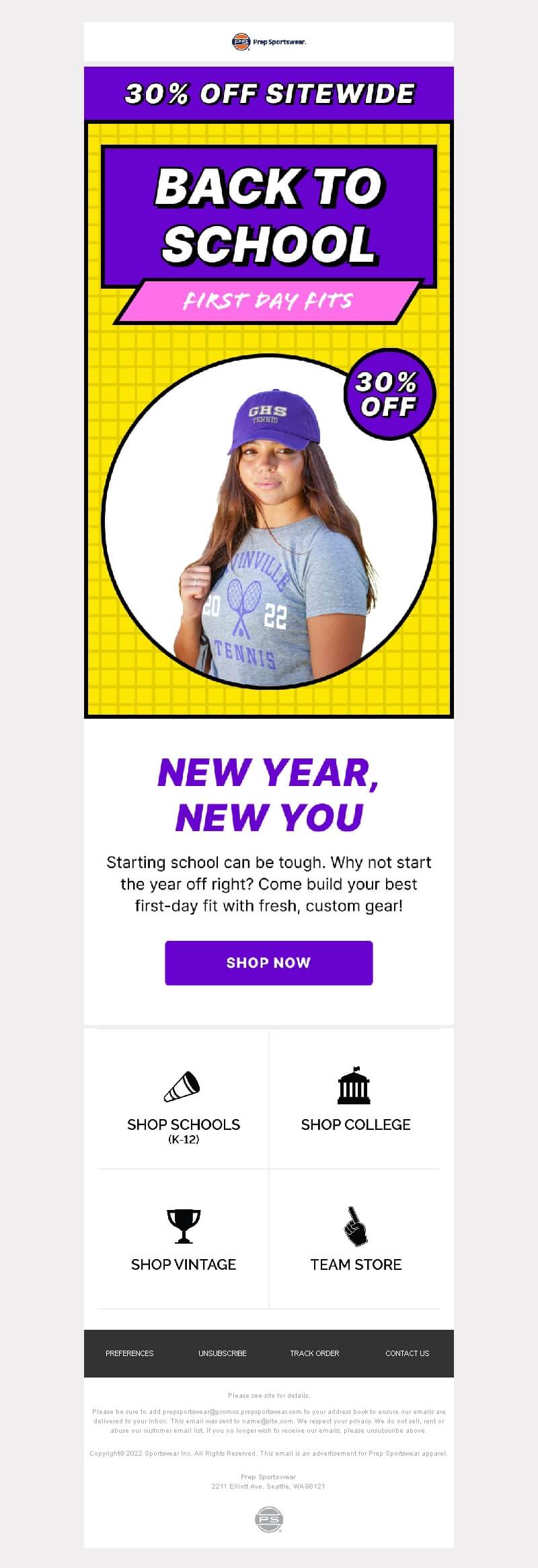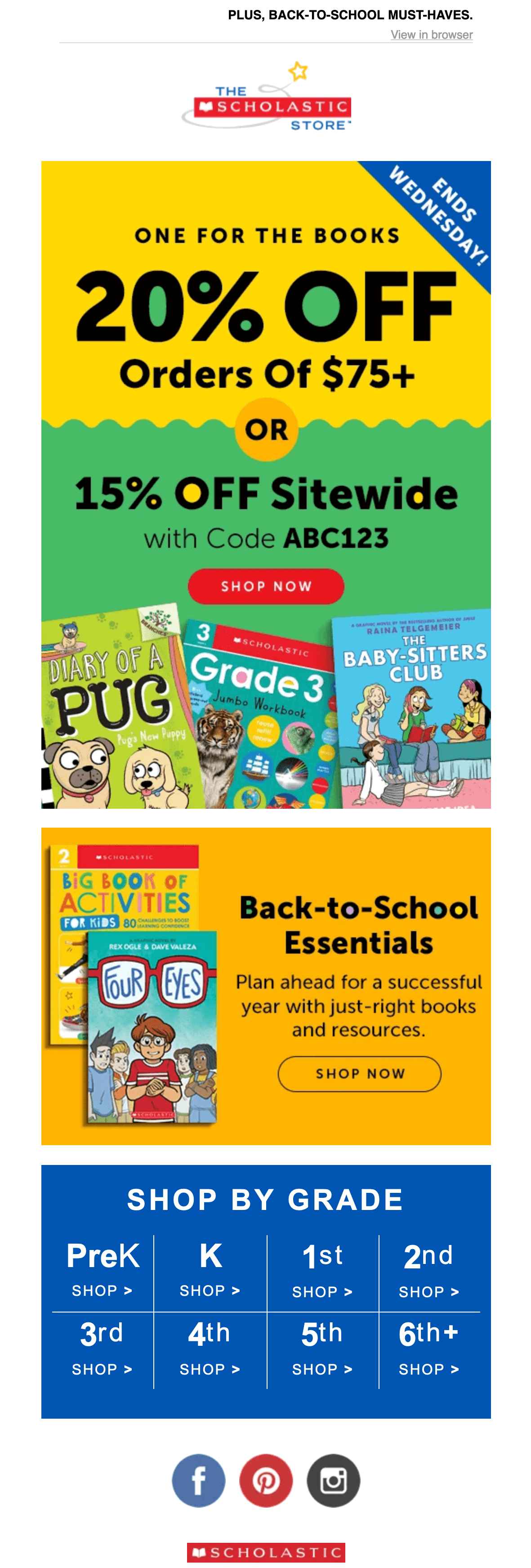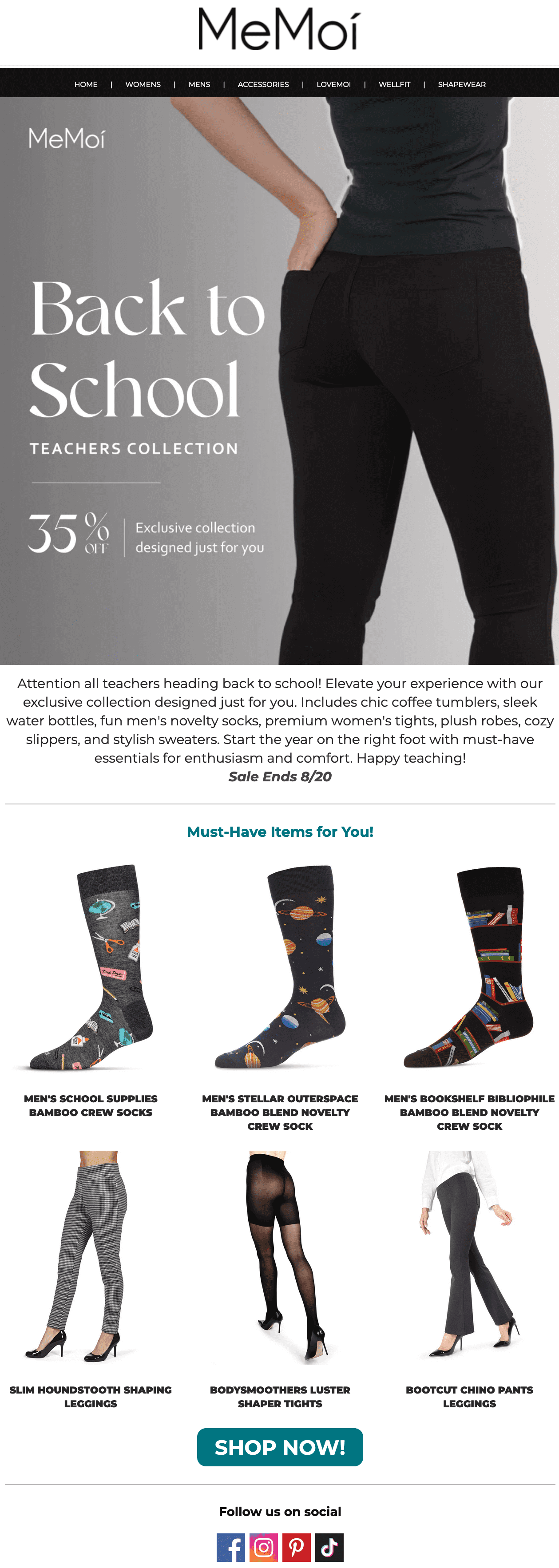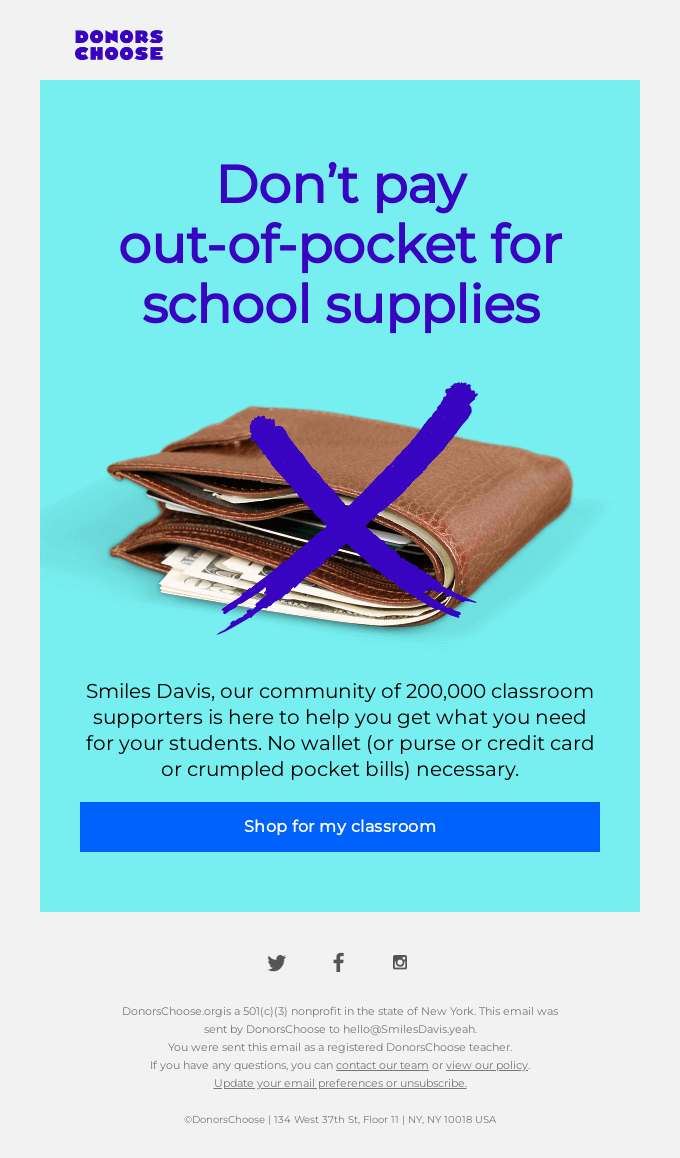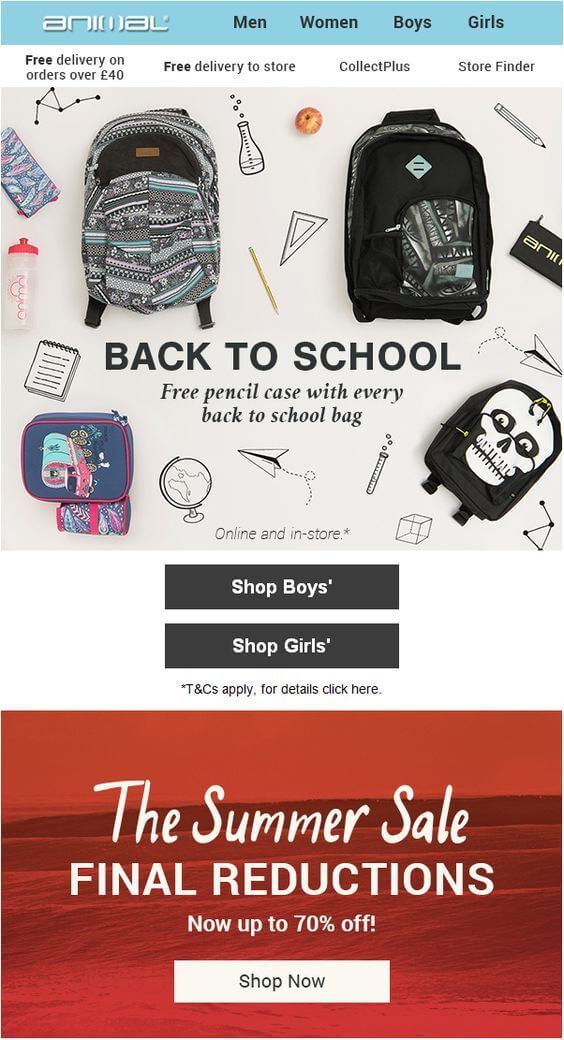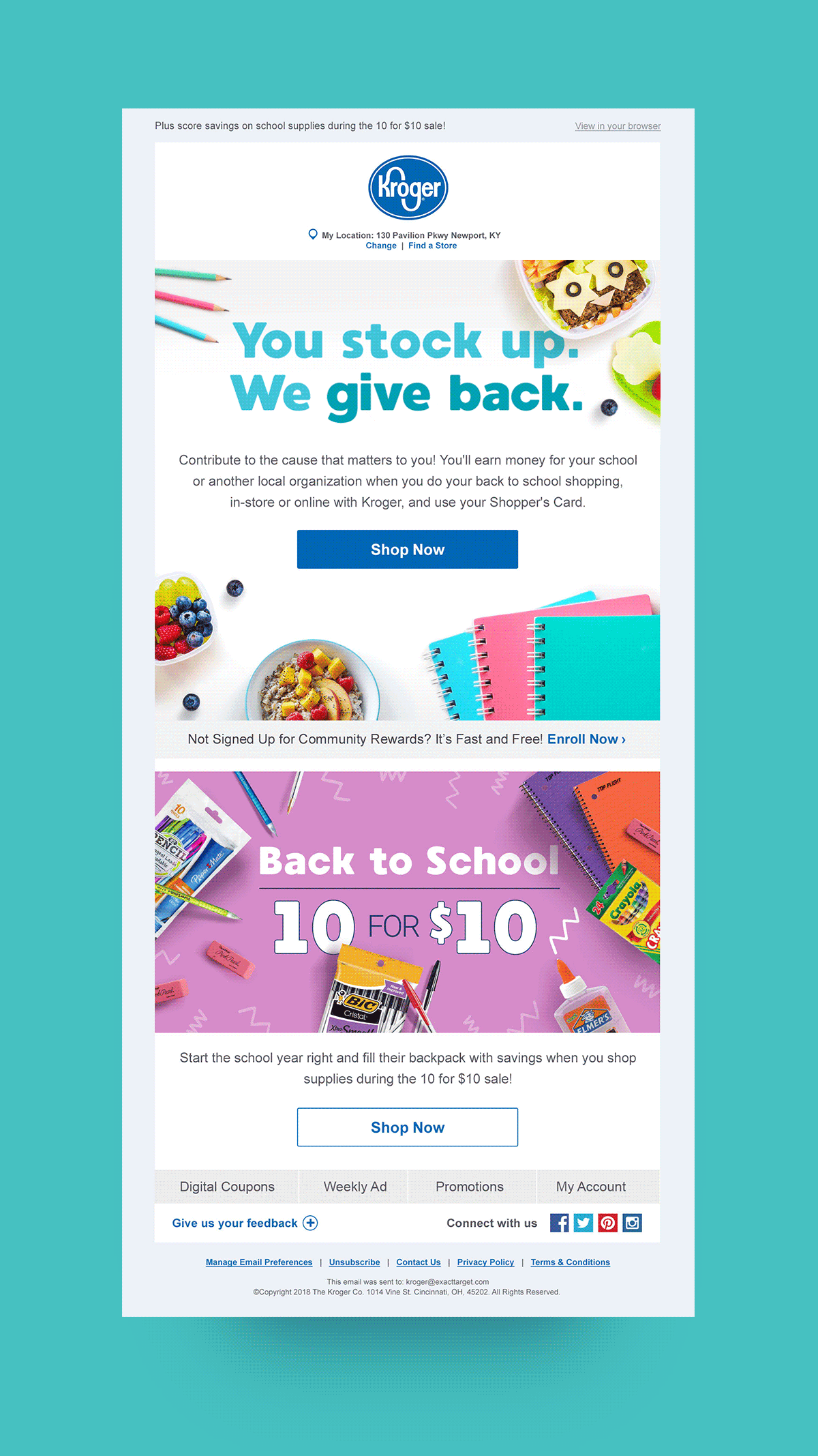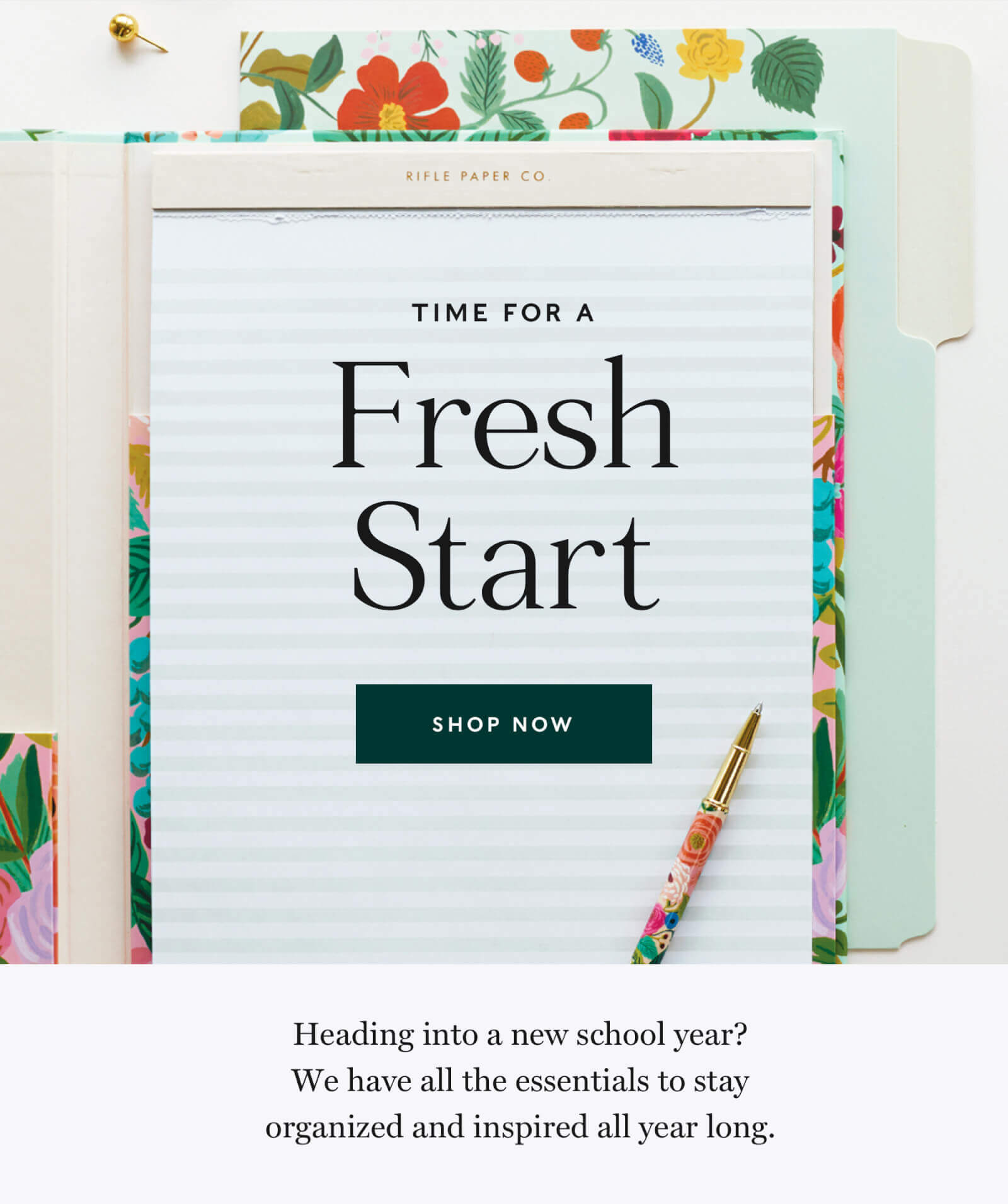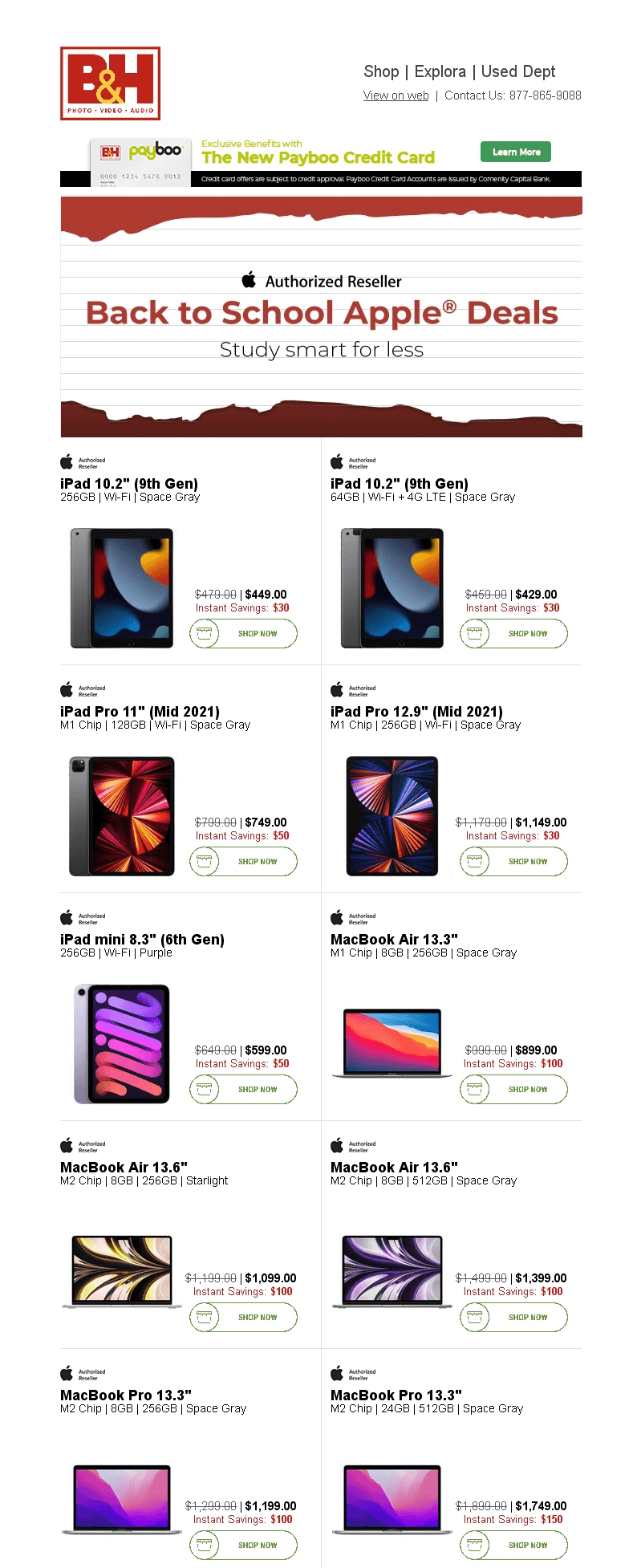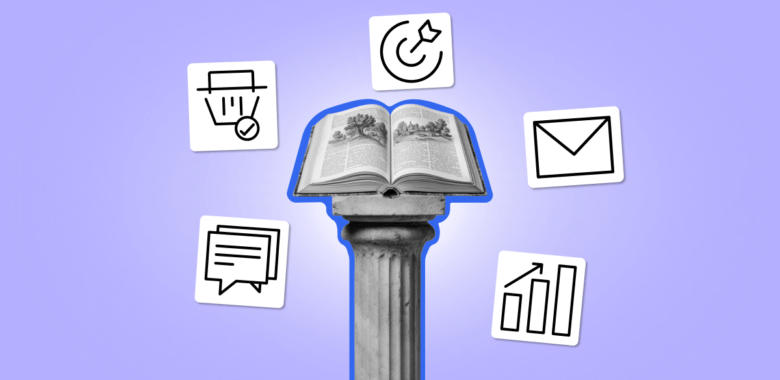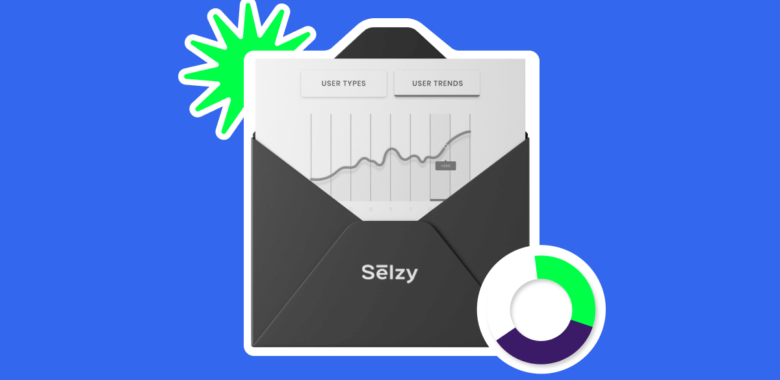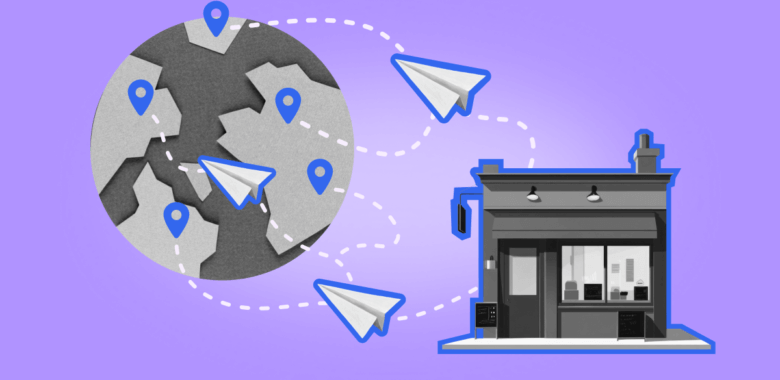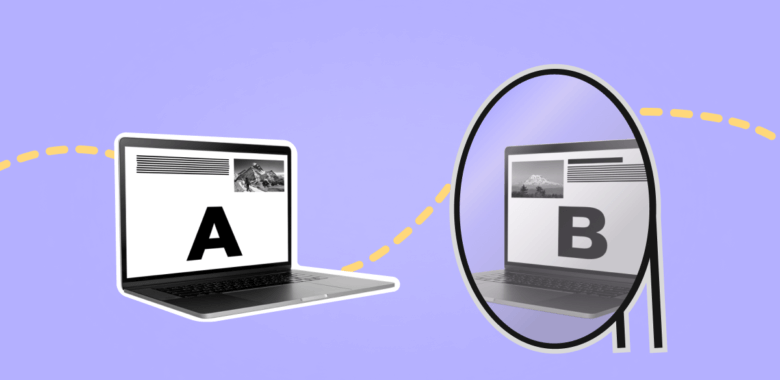Back-to-school newsletters tips and best practices
How can you make sure your back-to-school newsletter is effective? Here are some tips and best practices:
Timing is everything
The timing of your back-to-school newsletters is key. You want to hit your audience right when they’re starting to think about the upcoming school year.
Ideally, you should send your newsletters out in late June or early July. That’s when parents are starting to do their research and figure out what kind of supplies they need and what kind of clothes their kids will need.
If you wait too long, chances are they’ll have already made their purchases or they’ll be so overwhelmed with everything that’s going on that they won’t even notice your newsletter. So start planning your campaign beforehand and hit your target audience right when they’re ready to buy.
Pay attention to your subject lines
When it comes to your newsletters, you want to make sure that you’re getting as many people as possible to open them up. One way to do this is to pay attention to your subject lines.
You want your back-to-school subject lines to be catchy, interesting, and relevant to your readers. And you also want to make sure that they’re not too long — people are more likely to open a shorter subject line than one that’s 50 words long. Back-to-school subject line best practice is to use no more than 7 words or 41 characters.
Another thing to keep in mind is that you should always test different subject lines to see which ones get the best results. What works for a parent might not work for a teacher or a student, so it’s important to tailor your content accordingly.
Subject lines examples for students:
- Back to school again? Get ready with us
- Ready to prepare for a new year of school?
- Back-to-school styles that will make you stand out
- For your first day (BREDA)
- Time to go back to school! (Flatiron School)
- 🙌 Brag-worthy NEW bags + up to 50% off (Spencer Gifts)
Subject lines examples for teachers:
- Need classroom supplies? Giving 30% off to teachers
- New school year, new deals for teachers with 50% off
- Up to 70% off on items for teachers. Hurry up!
- [Name], last day to get up to 25% off (TPT)
- Teacher’s choice supplies (Zerbee)
- Light up your classroom with colorful décor 💛🧡 (Carson Dellosa Education)
Subject lines examples for parents:
- Tips to make your kid smartest in class
- 50% off on back-to-school essentials ends now
- Give your kid the best back-to-school experience
- ⌛ 20% off ALL kids’ items + free shipping (H&M)
- 🍎Back-to-school must-haves are here (Phillips)
- Back-to-school spirit for you and the kiddos 🎒🎉📚 (Zappos)
Segment your audience
It’s important to remember that you’re not writing for everyone. You need to segment your audience and target the right people with the right information.
For example, if you are targeting high school students’ parents you need to provide them with information about schedules, homework assignments, and important dates as a teacher. If you are targeting only students, send an email with information about lockers, dress codes, and after-school activities.
As a business that sells gadgets, if you are targeting parents or college students, you need to provide a newsletter that shows the visible benefits of the item that will increase their kids’ grades. If you are targeting educators, then you need to pop up features that will make their teaching process more efficient.
It can be a lot of work, but when you target the right people with the right information, you’ll see a big improvement in your response rate.
Here’s a highly targeted email from an educational website. It’s aimed specifically at a 5th grader’s parent and lists relevant resources and activities. This makes the email especially relevant and useful.
